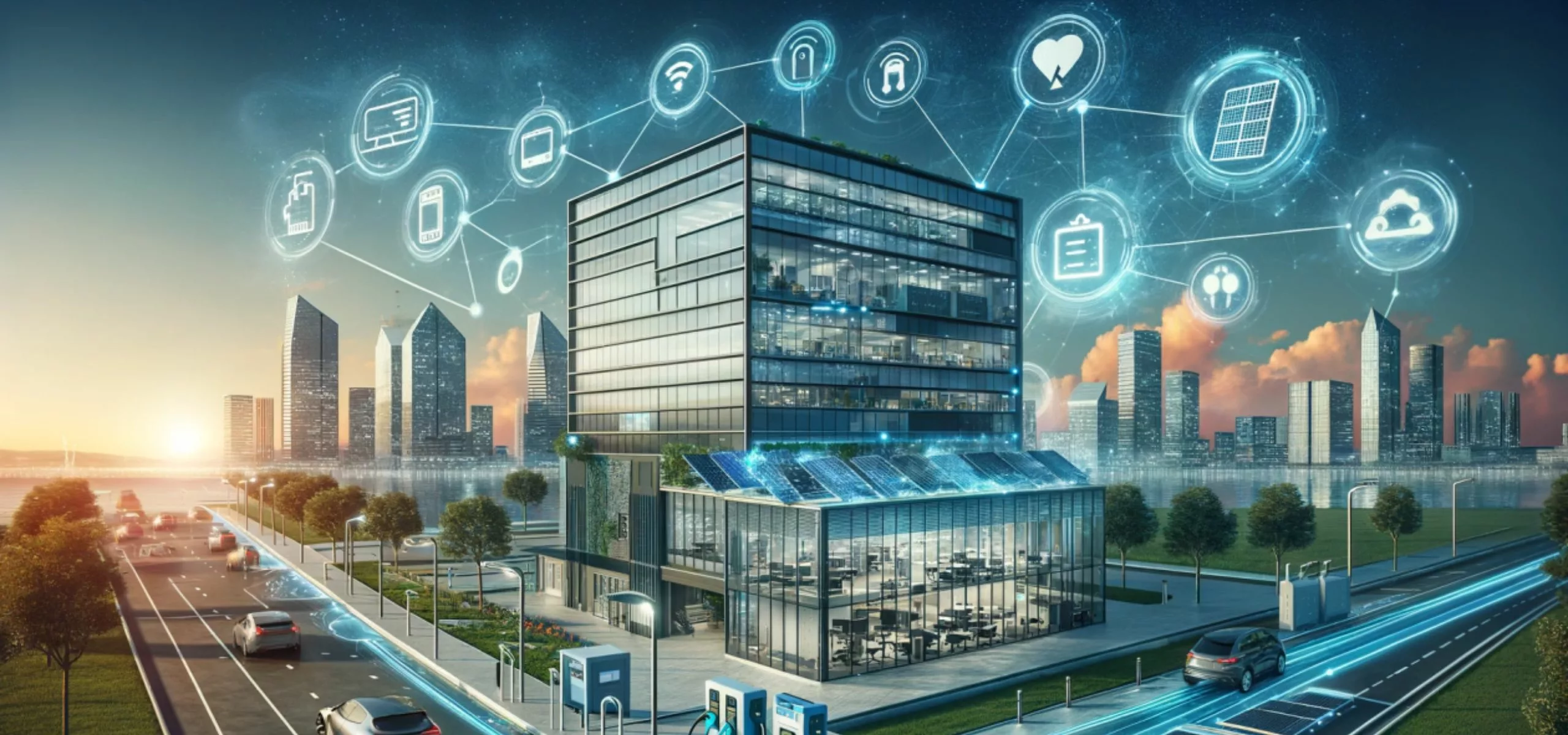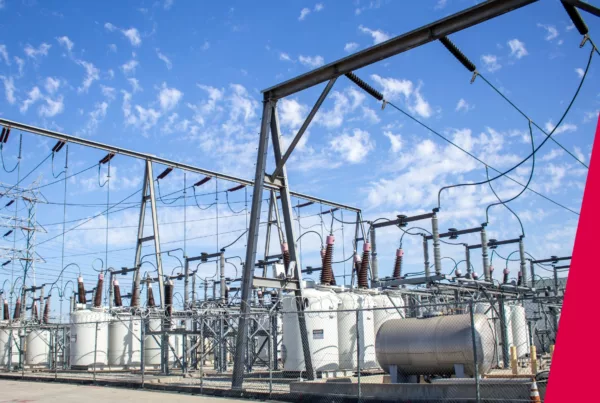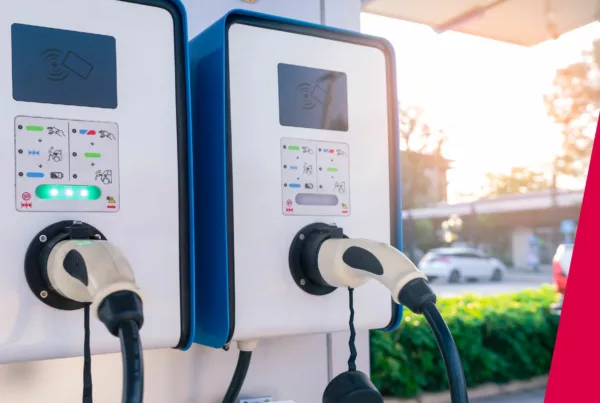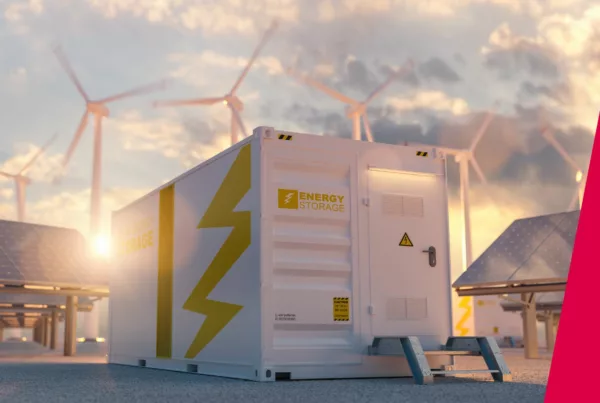In the realm of modern energy management, the role of Demand-Side Flexibility (DSF) is gaining unprecedented importance. As we embrace renewable energy sources, the need for balancing energy supply and demand becomes more critical. This is where IoT infrastructure steps in as a game-changer. I’d like to share why embracing IoT for DSF is not just a choice, but a necessity for forward-thinking businesses and energy aggregators.
The Need for Flexibility and Precision:
Demand-Side Flexibility services require an adaptable, secure, and efficient framework. This is precisely where IoT infrastructure excels. With its inherent flexibility, IoT allows for seamless integration and control of diverse energy assets, from EV chargers to batteries, to heat pumps, ensuring real-time responsiveness to fluctuating energy demands.
Challenges Addressed by IoT:
- Infrastructure Flexibility: Traditional wired networks are often inflexible and costly. IoT offers wireless solutions that are easily deployable and scalable, fitting various asset types and sizes.
- Standardisation and Compliance: The lack of industry standardisation poses a challenge in Demand-Side Flexibility. IoT infrastructure, with its adaptability, can meet diverse, evolving grid operator requirements across countries and regions.
- Complex Grid Demands: As grid requirements become more intricate, the need for rapid response to grid fluctuations intensifies. This demands high accuracy and timeliness in reactions, which IoT can provide.
- Remote Asset Management: The increasing number of assets in Virtual Power Plants (VPPs) presents a challenge in remote management when response time is a factor. IoT enables efficient management of VPPs, allowing decisions to be made at the asset level in milliseconds, with greater precision and security.
- Integration of Energy Assets: A key challenge in Demand-Side Flexibility is the integration and control of various energy assets. This involves seamlessly managing a range of energy sources and storage systems, each with their own unique characteristics, requirements and APIs. IoT infrastructure facilitates this, ensuring a fast project implementation.
Conclusion:
Incorporating IoT into Demand-Side Flexibility strategies is more than a technological upgrade; it’s a strategic move toward sustainability and efficiency. The agility and precision offered by IoT infrastructure make it indispensable in the current energy landscape. As we look towards a future where energy management is increasingly complex and crucial, IoT stands as a beacon of innovation and adaptability. For businesses and energy aggregators, the message is clear: Embrace IoT for Demand-Side Flexibility to stay ahead, stay efficient, and lead the way in the sustainable energy revolution.
Keen to find out more? Connect with Cristina to discuss how IoT can revolutionise your energy management and demand response strategies.



